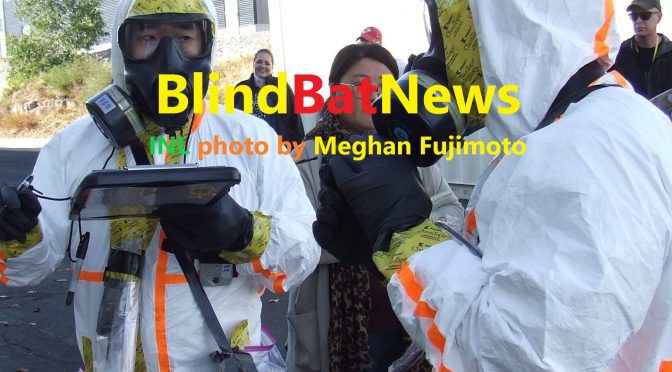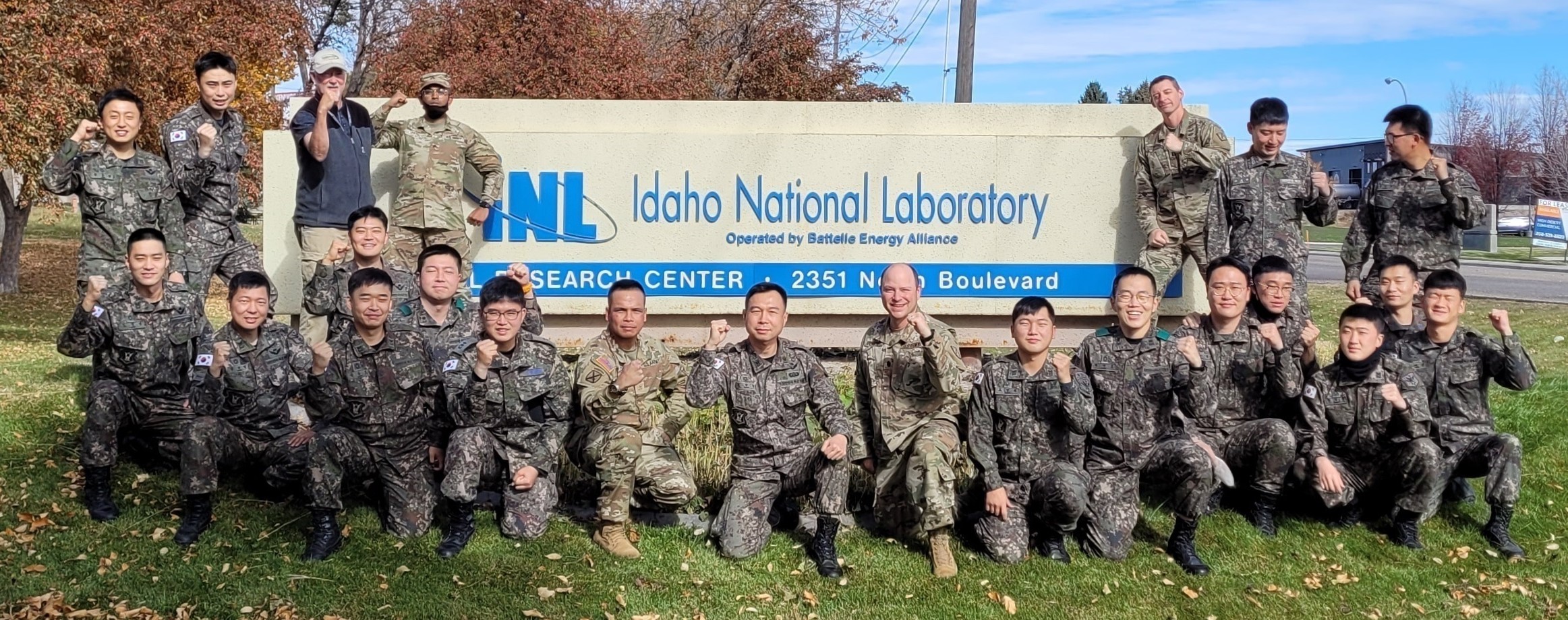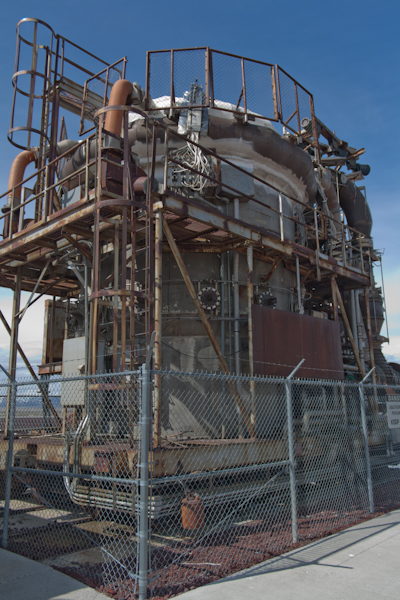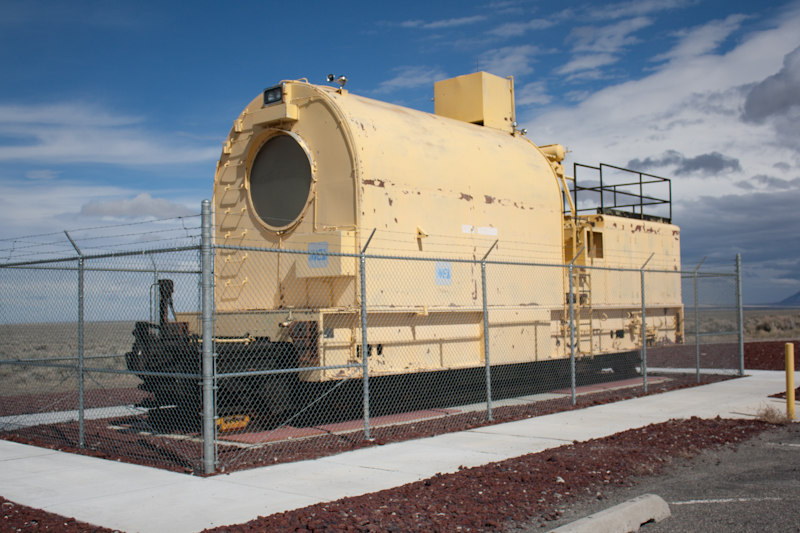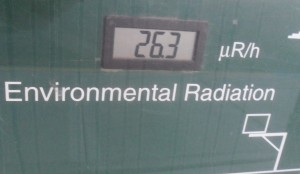14 August 2014 (01:47 UTC-07 Tango)/17 Shawwal 1435/23 Mordad 1393/19 Ren-Shen 4712
Customs/Port officials in Korea, south, have discovered a shipment of scrap metal from Japan is highly radioactive. 20 kilograms (44 pounds) of scrap metal was found to be contaminated with cesium-137. They’ve ordered the ship to return to Japan.
Officials with the district of Hong Kong, China, are refusing to lift the ban on food from five Japanese prefectures affected by the ongoing nuke disaster at Fukushima Daiichi.
In Japan‘s Fukui Prefecture nuclear power plant inspectors have discovered a new danger; seawater pumps at Takahama Nuclear Power Plant could be destroyed by tornadoes. Kansai Electric Power Company is now trying to protect the pumps with steel plates and steel nets.
A Virginia U.S.A. company (Decision Sciences International Corporation aka DSIC) has been hired by Japan’s Toshiba to use cosmic rays to scan the melted down GE designed reactor units at Fukushima Daiichi Nuclear Power Plant.
What most people don’t understand is that nobody has been able to see what’s happening in the reactors, because the contamination levels are so high that it will kill humans, and even the electronics in robots get fried if they’re in the buildings for too long! This is why this disaster is ongoing more than three years later (and why I believe China Syndrome is now in play).
DSIC will use two muon detectors to scan the reactors. The detectors will be placed in a reactor building, on opposite sides of the containment vessel. Muons are considered harmless, but they can pass through just about anything, however their direction of travel can be altered by dense objects. The scanners will create a 3D image that will hopefully show exactly where the mass of molten fuel rods are. By the way, Toshiba openly refuses to say how much they’re paying DSIC for the work.
The neo-imperialist government of Japan has announced it will spend $3-billion USD to help Fukushima Prefecture recover from the ongoing nuclear disaster, but there’s a catch. In order to get the money the municipalities within the prefecture must agree to become nuclear waste storage sites!
The bribe comes after three years of utter failure in filtering radioactive water at Fukushima Daiichi, prompting Tokyo Electric Power Company to call it quits, almost.
The experimental and expensive (TEPCo openly refuses to say how much it cost!) filtration system was only able to operate for three months before being repeatedly shutdown for multiple problems, mainly leaks. TEPCo says there is another problem, radiation contamination.
The filtration system is so radioactive that it has become like the melted down reactors onsite; too ‘hot’ to literally handle. This is the true reason for the abandonment of the Areva designed filtration system, because throwaway employees cannot get near the system just to perform maintenance! A new ‘treatment’ system is being tried, and of course all the water that goes through these systems end up in the ocean.
Areva is a French company, and this brings us to Idaho, U.S.A.
Areva is a contractor at the United States’ Idaho National Laboratory (INL), and has just ben awarded a $34-million contract to turn the INL into a low level nuclear waste storage site. It involves building 200 concrete nuke waste trash cans (vaults) underground.
INL and Department of Energy also held a health conference in Idaho Falls, regarding the Radiation and Worker Health Program’s scheme (Special Exposure Cohort) in determining health problems caused by radiation: “If a person who worked at INL gets cancer and feels like their cancer is due to radiation exposure they received on the job, they could file a claim in this program and our job at NIOSH is (to) attempt to reconstruct the dose, that person received while they were here. You know how much dose they could have received. Once we have done that, the Department of Labor takes that information and determines whether their cancer was more likely or not caused by the radiation exposure.”-Stuart Hinnefeld, National Institute for Occupational Safety and Health
It turns out that INL was chosen for the public forum because several hundreds of claims of radiation caused cancer have been filed!
A live reporter with local TV station(s) KIDK-KIFI reported that several DoE employees, and former employees, say their cancer caused by contamination claims have gone unanswered! (It’s interesting that KIDK-KIFI did not put that info in their text version of the story, it was relayed by their live reporter)
The INL is also one of the major suppliers of nuclear waste to New Mexico’s Waste Isolation Pilot Plant (WIPP). And speaking of WIPP, the first of what could be many lawsuits by employees has been filed.
It turns out the lawsuit was actually filed in May! The waste handler claims he suffered several types of injuries during the salt truck fire, including inhalation of toxins. He is one of at least a dozen people hurt during the February fire. He is now having to travel to Colorado for undisclosed respiratory treatments. The DoE has admitted that one worker is still undergoing treatments. The employee stated that he’s constantly tired, and coughs and vomits “all the time”.
In United Kingdom, entrepreneur Richard Branson announced he would market radiation proof underwear. They’re made with silver thread. Scientist scoffed at the idea, after all if you could make radiation proof underwear then you’ve solved the problem for humans undertaking long distance space flight (with all that lethal cosmic radiation floating about).
“We’re preparing for the worst day in America.”
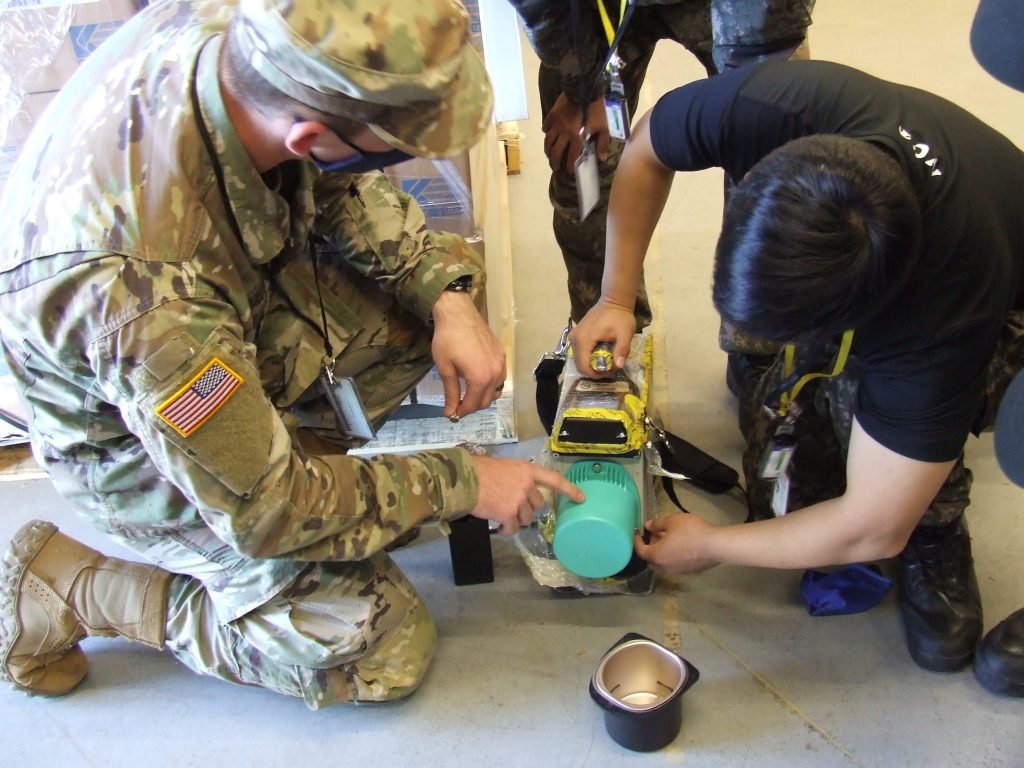
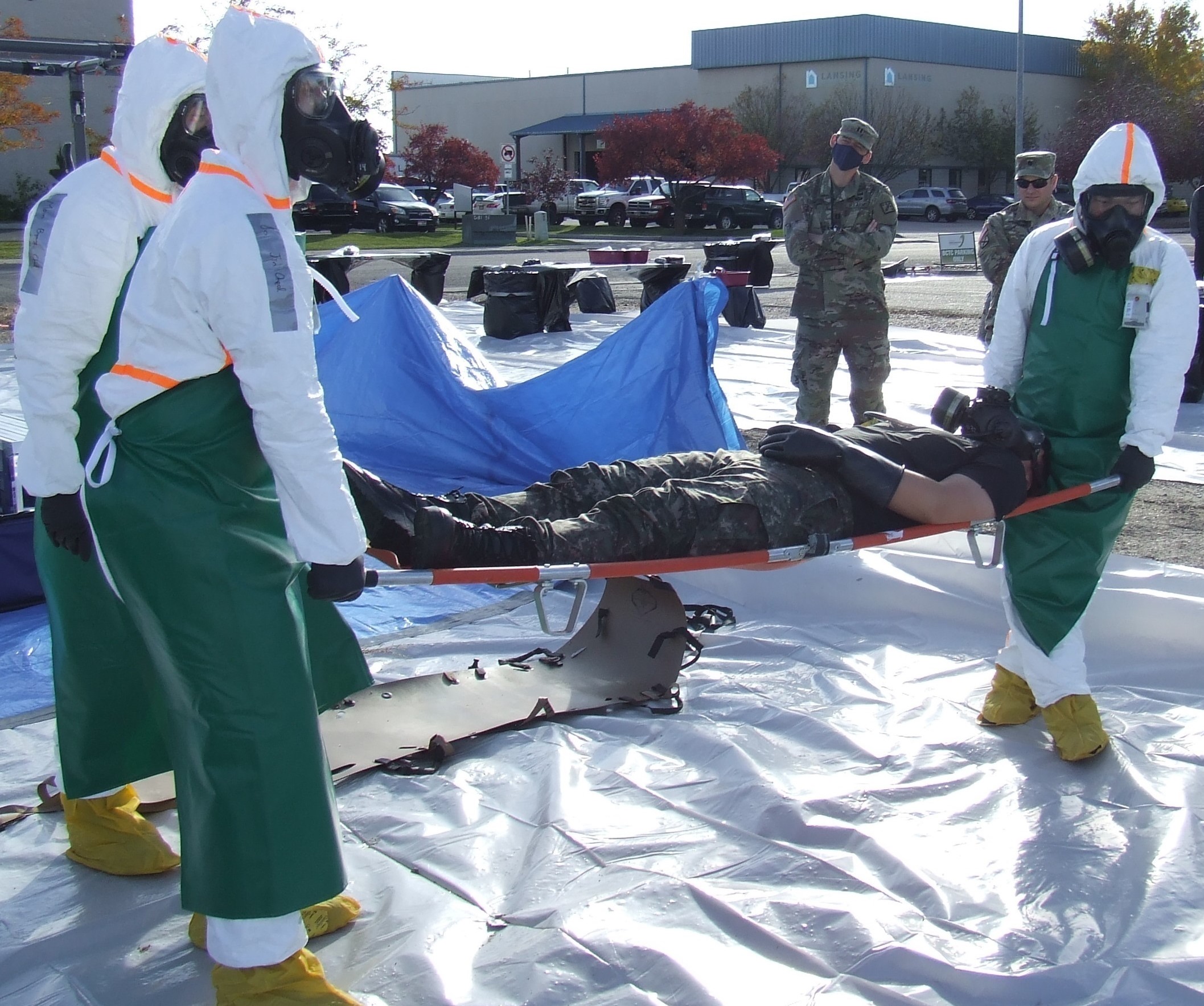
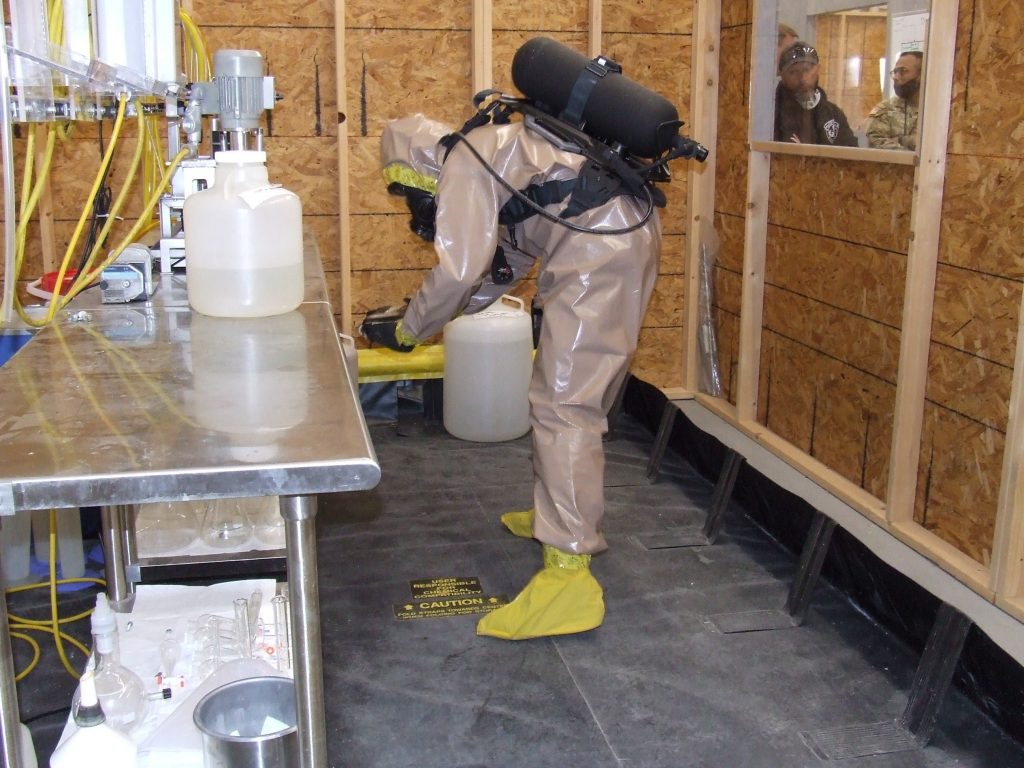


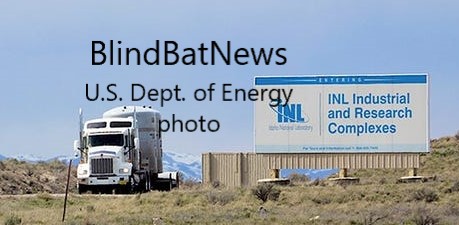 IDAHO’S ALL HAZARDS ENVIRONMENT TRAINING
IDAHO’S ALL HAZARDS ENVIRONMENT TRAINING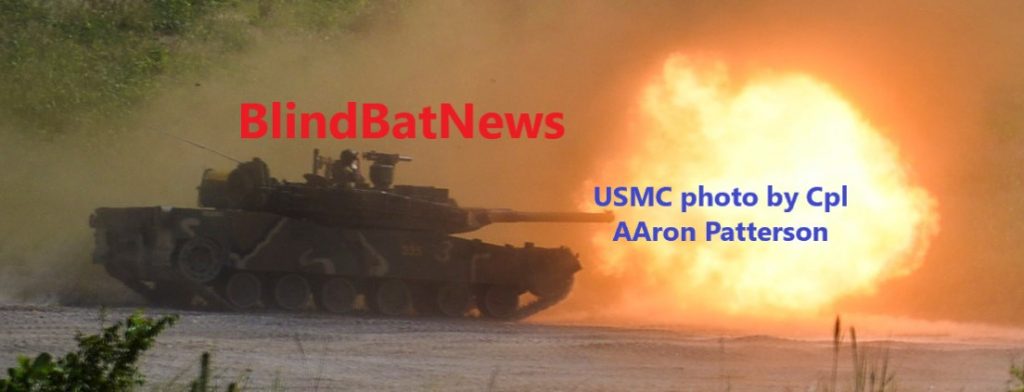 KOREAN 대한민국 K1
KOREAN 대한민국 K1